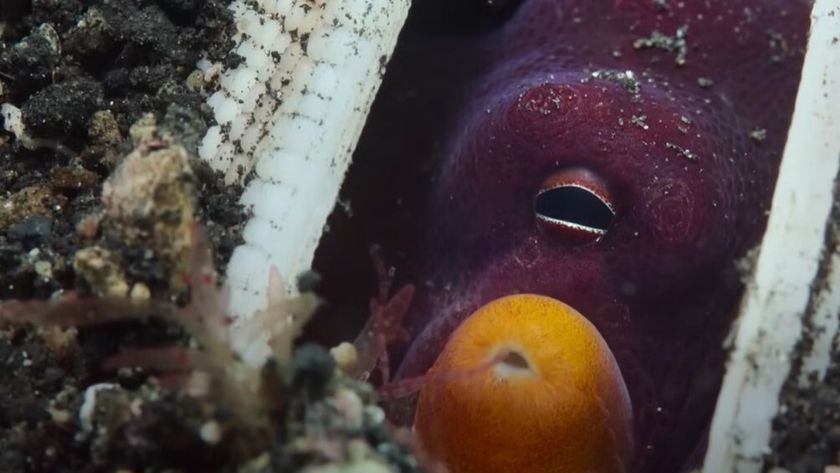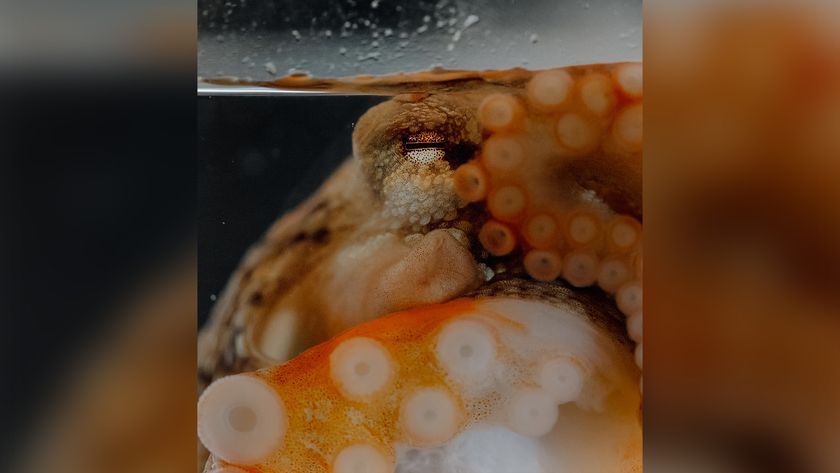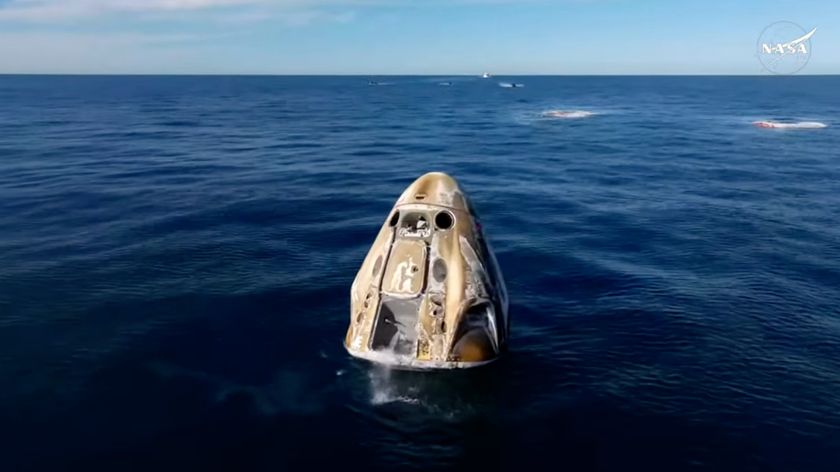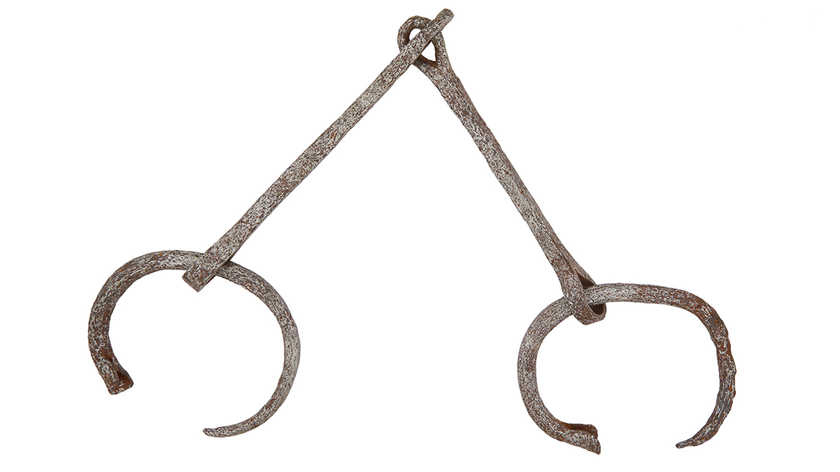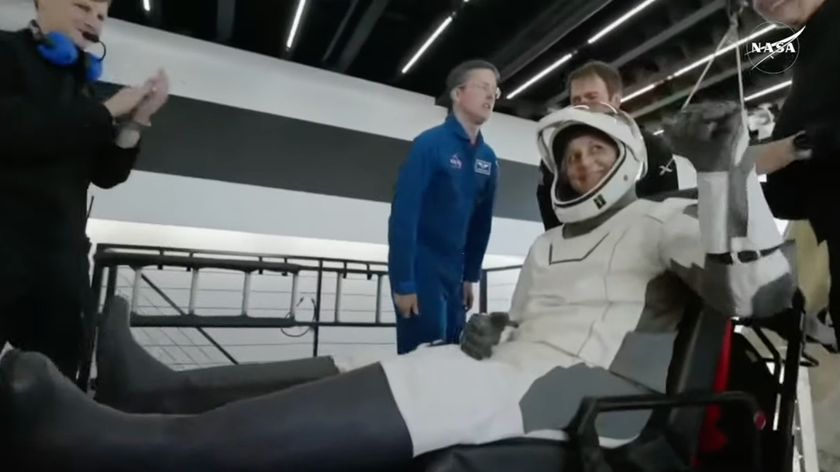Octopuses Have Moves, But No Rhythm
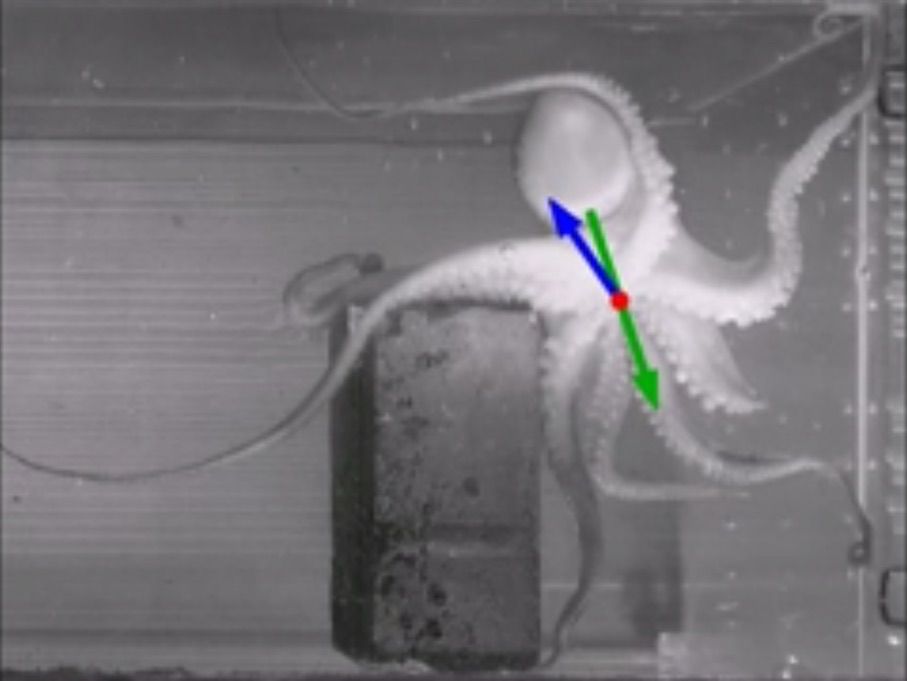
Octopuses move with a simple elegance, but they have no rhythm, according to new research.
Each of an octopus's eight arms is soft, flexible and muscular, and acts like it has an infinite number of joints, said the study's lead author, Guy Levy, a postdoctoral researcher of neurobiology at the Hebrew University of Jerusalem. But, until now, scientists have struggled to understand exactly how these marine animals coordinate their complex crawling movements.
To learn more about these brainy creatures' locomotion, the researchers watched videos, frame by frame, of octopuses crawling around water-filled tanks. [8 Crazy Facts About Octopuses]
"The octopus, as usual, surprised us," Levy told Live Science. "We found very unique things that we don't see in other animals."
Octopuses use unique strategies to coordinate their arms while crawling, the researchers found. The cephalopods are bilateral symmetric, which means their left and right sides are mirror images of each other. Most bilateral-symmetric animals face forward when they are moving, with a few notable exceptions, such as the crab, which moves sideways.
But octopuses can crawl in any direction relative to their body orientation, the researchers said. In other words, octopuses don't have to turn their bodies to change direction; one of an octopus's arms can simply push off of a surface and propel the animal any which way, Levy said.
"It simply chooses other arms to push the body, and the direction is changed automatically," he added.
Sign up for the Live Science daily newsletter now
Get the world’s most fascinating discoveries delivered straight to your inbox.
The scientists also found that the octopus moves by shortening and elongating its arms, which creates a pushing thrust. The animal does not move by bending or pulling its arms, which simplifies matters for the creature, Levy said.
"It only has to decide which arms to use, and not how to use them," he said. "It's a very simple solution to a very complicated problem."
However, after watching hours of octopus videos, the researchers determined that the octopus has no detectable rhythm. Most animals have a rhythm when they move, such as people who move their legs in a left-right-left pattern. But an octopus has no such rhythm in its coordination, the researchers said.
"So, either there is no pattern, or it's too complicated to identify with the techniques that we used," Levy said.
The researchers did see patterns in individual arms, which would shorten and elongate, but no pattern emerged when the scientists looked at all eight, he added.
Octopus evolution
It's likely that octopuses developed their unique way of moving because, unlike their clam cousins, they don't have protective outer shells, the researchers said. In fact, the octopus is thought to have evolved from a snail-like ancestor whose foot evolved into eight long and slender arms, giving the animals enormous flexibility. Octopuses also developed excellent vision, a large brain and camouflage capabilities, making them adept hunters.
But octopuses also needed to develop an effective way to move.
According to the new research, "The [octopus's] strategy is simple enough, and it has a small number of parameters, and this is how it succeeds," Levy said.
The results give credence to the concept of "embodied organization." Traditionally, researchers thought that motor-controlled strategies were created to fit the body. But the concept of embodied organization says that motor control and the body evolve together, and respond to environmental pressures that can influence both, the researchers said.
The scientists are using their findings to help engineers create soft robotic arms, Levy said. He and the study's senior author, Binyamin Hochner, a professor at the Hebrew University of Jerusalem, plan to continue their octopus studies. They have already discovered why the creatures don't tie themselves in knots, which would seem to be a danger given all their limbs. They next plan to uncover the neural circuits responsible for the octopus's coordinated crawling, Levy said.
The findings were published online today (April 16) in the Cell Press journal Current Biology.
Follow Laura Geggel on Twitter @LauraGeggel. Follow Live Science @livescience, Facebook & Google+. Original article on Live Science.

Laura is the archaeology and Life's Little Mysteries editor at Live Science. She also reports on general science, including paleontology. Her work has appeared in The New York Times, Scholastic, Popular Science and Spectrum, a site on autism research. She has won multiple awards from the Society of Professional Journalists and the Washington Newspaper Publishers Association for her reporting at a weekly newspaper near Seattle. Laura holds a bachelor's degree in English literature and psychology from Washington University in St. Louis and a master's degree in science writing from NYU.
